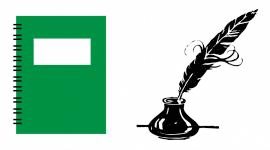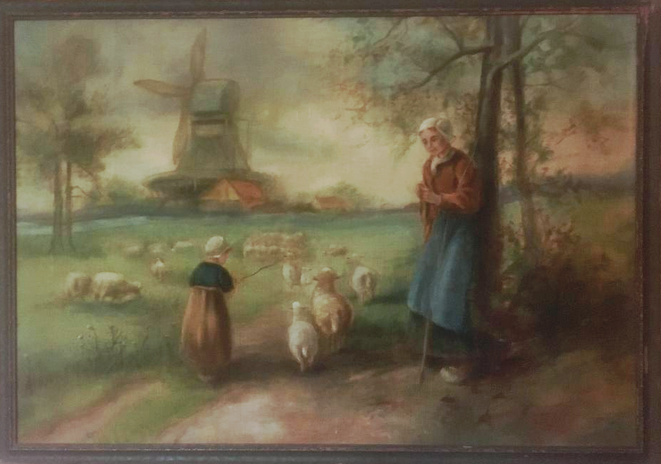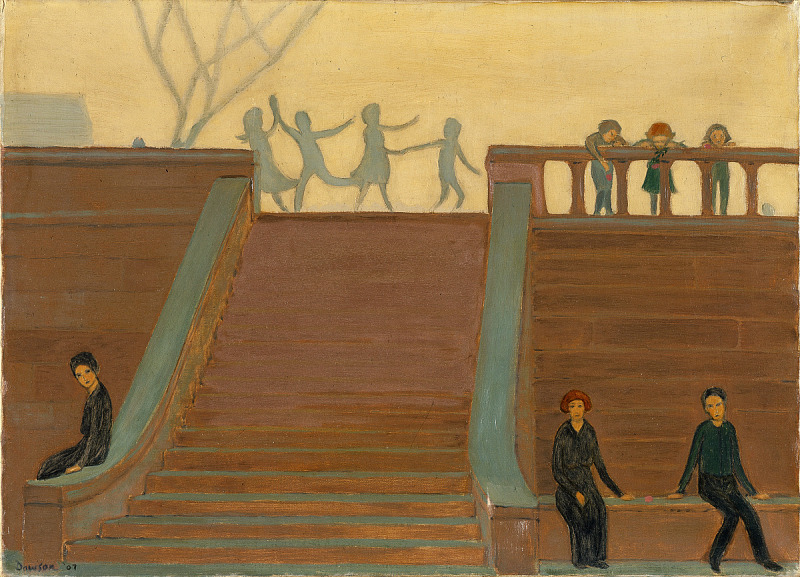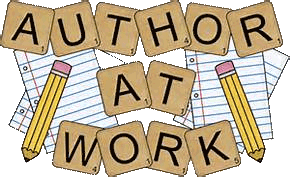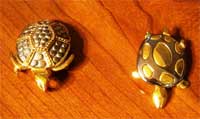|
Have you ever been asked to write a
book report
and thought, “Oh, no! What do I write?’ Some commonly used
steps are (1) read a book; (2) name the book title and author;
(3) who are the characters; (4) what is the setting; (5) what
is the author’s purpose for writing this book; (6) what
happened in the beginning, middle, and end; and (7) what is
your opinion about this book. Presenting your book report to
the class will prepare you to write a book review, which is
different.
In the 1800s a writer created the
first book review.
Today’s writers still (1) read a book; (2) tell who narrated
the story; (3) identify the setting; (4) state the theme,
which is the overall message of the book; (5) compare the
genre of literature of this book with others you have read;
(6) name facts about the author and other of his/her previous
works; (7)give a summary of the plot without spoiling the
ending of the book; and (8) state your opinion about the book
and reasons why or why not you liked it. Librarians and
parents use book reviews to select appropriate reading
materials for readers. The Horn Book Magazine has good
book review information. Reviews of movies, architecture,
stores, fashionable clothes, restaurants, and musical shows
help patrons decide which would be good.
Research now shows that writing an
art
review in arts-based
learning helps students have improved brain function and
school performance by:
-
Improving creative problem solving skills
-
Improving decision-making skills
-
Having enriched
learning by recognizing materials and elements in works of
art
-
Choosing to
participate in art experiences and acquiring art
vocabulary and methods
-
Understanding different cultures including
those from other countries through art
Unlike a book review, an art
critique or review requires studying a photograph or painting
closely and use evidence of the artist’s skills and
understanding the author’s purpose. In 1982, art professor
Edmund Feldman at the University of Georgia identified a
method for art analysis thinking and talking about a painting.
|
Description Analysis
Interpretation Judgement
|
|



